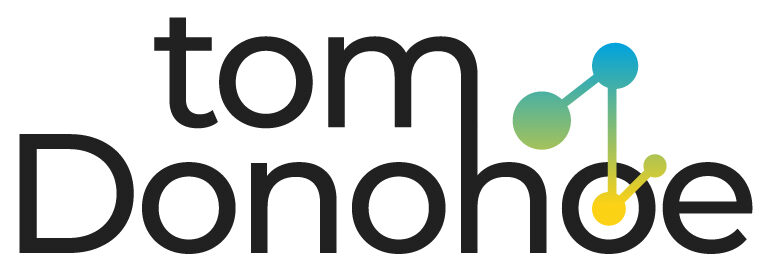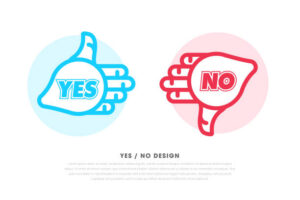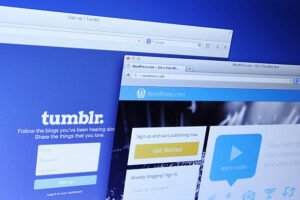What is the cost of not going digital for a business

Some can see digital transformation as an expensive and unnecessary investment. There’s no doubt about the fact that this process requires time, patience, and investment.
In the end, the rewards are reaped by the businesses that adapt to today’s landscape. Going digital is not an option. It’s not an option.
Businesses are often quick to blame their inexperience with current technology systems or lack of knowledge about digital as a barrier to digital transformation. What is more expensive? What is more costly: upgrading your existing processes and knowledge base or going out of business?
This article explores the true costs of not moving to the digital world and looks at companies that have failed in their digital transformation.
Lose relevance
Digital speed can be five times faster compared to traditional businesses. It’s easy to get lost in the sea of fast-moving strategies without a digital presence.
Marketing today is successful when it is agile and can jump on trending and viral topics, also known as newsjacking.
After the iPhone 6 was released, consumers noticed that the new model phones were more prone to bend. Kit Kat’s Marketing Department saw an opportunity to take advantage of the current news cycle.
Kit Kat used hashtags and hyped-up news from hundreds of media outlets to increase its visibility.
The company’s quick wit, digital efforts, and timely exposure brought them to the forefront. They achieved more than 25,000 retweets.
Competitive disadvantage
Digital capabilities are essential to staying agile when new companies disrupt an industry. The Blockbuster vs. Netflix story is a well-known example.
Blockbuster is no longer the place to go to rent a video or a movie. Blockbuster has been one of the most obvious examples of businesses that are unwilling to adopt digital. This mistake cost them a whole empire.
Reed Hastings asked former Blockbuster CEO John Antioco to pay 50 million in 2000 for the company that he founded, Netflix.
Netflix, at the time, was a DVD mailing company that customers could order online. Antioco thought that this service would not grow into a successful business because it was considered too niche. He couldn’t imagine a world where he didn’t have to walk into a store, whereas Netflix could.
Antioco eventually declined the offer, and Blockbuster closed its doors. Netflix is valued at 130 billion. This puts them on par with media giants such as Disney ($155 billion ) and Comcast (169 billion ).
Inability to collect important analytics
Brand loyalty is much lower than it was 30 years ago. To promote brand loyalty, companies must work harder to understand their customers better.
Data from consumers allows companies to customize content, engage with the platforms that matter, and continually learn what works and what doesn’t. Companies can make costly strategy mistakes without this type of insight.
JCPenney reminded us a few years back of the strategic error that led to the retailer’s demise. JCPenney attempted to replicate Apple’s “cool” factor. JCPenney went through a period of transformation that changed pricing and store structures, but they did not use consumer research or analytics to support their drastic changes.
The company wanted to make JCPenney a more minimalistic and “honest brand.” They even changed the logo and tagline of the store to “fair and Square.” But the problem was that these changes were made solely based on gut feelings and idealism, not on data or trends.
It became clear very quickly that the new message was not what the brand intended. In the quarter following the rebranding, sales at JCPenney dropped over 20%. Only 16% of JCPenney customers identified with the vision.
Risk market share
Businesses that do not evolve and expand will have a hard time retaining market share.
Borders is a prime example. Borders was once a popular retailer of books, magazines, and music. The inability to adapt to the digital marketplace eventually cost them their business and market share.
Borders’ first mistake was to split its existing business with Amazon. Borders’ online book sales were outsourced to Amazon.com before Borders fully embraced e-commerce. They were already behind their competition when they decided to switch to an internal digital platform.
The store also did not predict the rise of eReaders and did not develop an eReader to compete against Amazon’s Kindle and Barnes and Noble’s Nook.
Borders’ music department is less well-known. Borders focused on CDs in the 1990s. But as online music became more popular, their inability to pivot digitally led them to lose even more market share.





